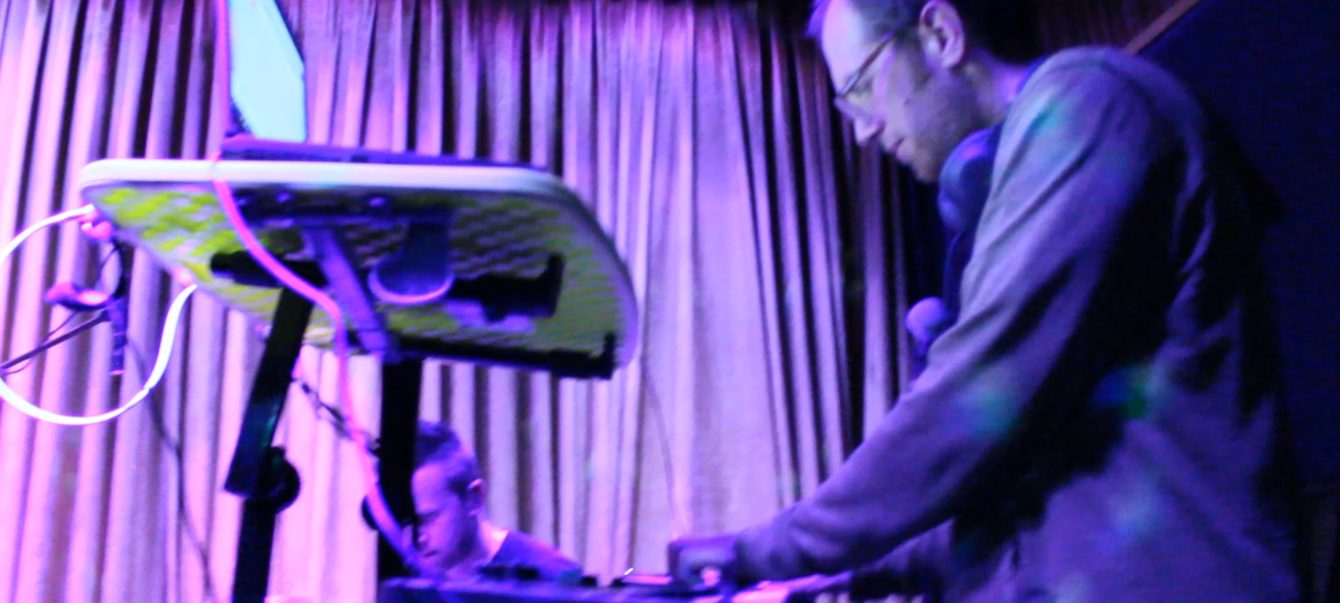Bringing the Metronome to Life Creative Metronome-ing Can Help Us Play Artistically
It’s ironic how something perceived as strict and mechanical can help us learn to move a room with not only pulse, but musicality. Creative uses of the metronome help us play more loosely and musically than if we just keep the beat with it. As musicians and music teachers we should be creative people. How we use the metronome should be a creative art in and of itself.

Here is one of my favorite metronome tricks (with variations) I use a lot when I teach or practice:
Expanding Intervals: If a student is playing a piece in 4/4 time signature at a tempo of 160 beats per minute on the metronome, I will have them play the piece or passage cleanly with the metronome on quarter notes. When they can do this (or even when they can barely do this) I’ll change the metronome to click on beats one and three only… So the metronome goes to 80 beats per minute (half notes) and the student is “responsible” for landing on the bigger beats. Once they can do this (or almost do it), I’ll put the metronome on 40 beats per minute so it is only landing on the first beat of each measure (whole notes) – the student is now responsible for playing solid time through the measure and landing on the first beats of each measure accurately. Once they can do this, I’ll put the metronome on 20 beats per minute and they are to land on the first beat of every other measure (8 beats). Finally, I’ll put the metronome on 10 beats per minute and they are to land on the first beat after four measures (16 beats).
Once they can really groove doing all of these possibilities, I’ll start to move the metronome to different beats (or partials). For example, when the metronome is at 80 I’ll have it be on beats 2 and 4. I remember how difficult this was for me as a classically trained player when I started to venture into jazz – ouch! Or I’ll have it be on the “and of 1” and “and of 3”, or “and of 2” and “and of 4”. If it’s a triplet-heavy or swing tune, I’ll have it be on the “uh” or “luh” of the partials.
You can continue this when the metronome goes to 40, 20 and 10 (for the 180 bpm example). The click just moves to different beats or partials. For example, when you are at 10 the click can land every four measures on beat 2, or beat 3, or beat 4, or the “and of 1”, or the “and of 2”, etc.
Now that I’ve done this for a long time, the process is very predictable:
- We will not be able to land on the beats once they get further away from each other.
- We will be able to do it, but inconsistently.
- We will be able to do it regularly but they will sound very stiff and rigid.
- We will sound amazing – better than ever.
For numbers 1 and 2 above: Subdivision is the answer. I use the analogy of a plane flying against a crosswind. The pilot doesn’t get a couple-hundred miles off course and then scramble to find the runway at the last minute. We make tiny adjustments the whole time we’re playing. Thy way we do this is to count the tiniest partials. We have to learn to subdivide in our heads when we count – whether it’s counting traditional syllables or hearing a drum beat in our head with 16th notes or triplets. Then if we’re fast, we make the partials slower. If we’re slow, we make the partials faster. Small adjustments will get us on track.
For number 3 above: This is the fun one. We shift from reacting to the metronome to projecting the time ourselves. I tell the students, “Make the metronome play to you, don’t play to the metronome”. All of the sudden they start to play with confidence, power and accuracy like never before. I’ve had students make it through long pieces or improvisations with the metronome clicking every 16 beats and them nailing every one – playing with all the phrasing, dynamics and personality I could ever have asked for as a teacher.\
This also works for kids who just can’t play with the click. Shift their awareness and tell them to make the metronome play with their beat. They start listening differently and quickly snap in line with the click.
For number 4 above: Party time!
